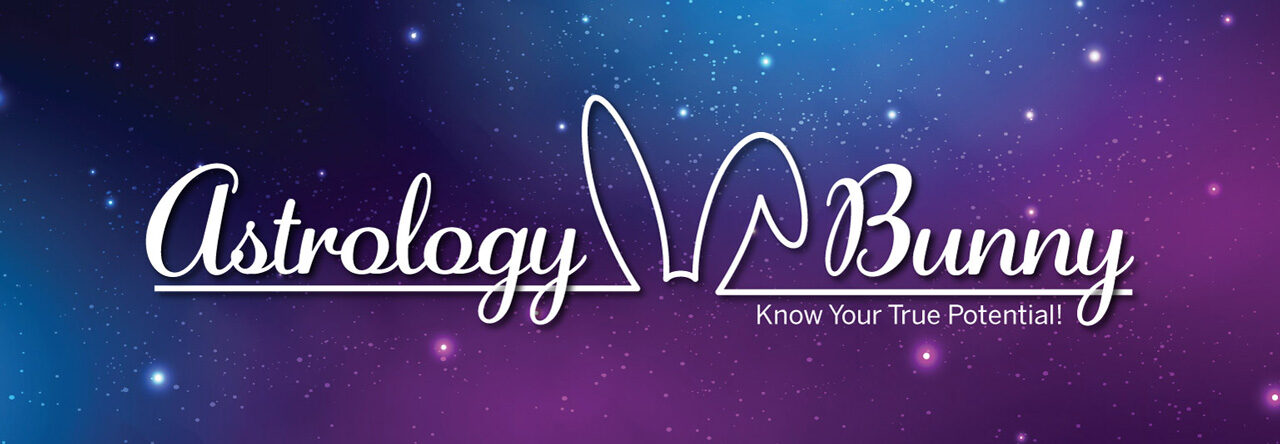Ancient Cultures and Astrology
The Babylonians are generally credited with the birth of astrology. Their astrological charts enabled them to predict the recurrence of seasons and certain celestial events. So in the beginning and for more than 2,000 years, astrology and astronomy were the same science.
Babylonian astrology was introduced to the Greeks early in the 4th century B.C. and, through the studies of Plato, Aristotle, and others, astrology came to be highly regarded as a science. It was soon embraced by the Romans (the Roman names for the zodiacal signs are still used today) and the Arabs and later spread throughout the entire world.
While earliest astrology was used to bring a sense of order out of apparent chaos, it was soon utilized to predict weather patterns, primarily for agricultural purposes. It was eventually broadened to include forecasts of natural disasters and war and other events in the course of human affairs. Amassing successes in these fields, it was a natural progression for astrology to be used as counsel for kings and emperors and, in time, for all of us.
The Zodiac
The zodiac (which is derived from the Greek word meaning “circle of animals”) is believed to have developed in ancient Egypt and later adopted by the Babylonians. Early astrologers knew it took 12 lunar cycles (i.e., months) for the sun to return to its original position. They then identified 12 constellations that they observed were linked to the progression of the seasons and assigned them names of certain animals and persons (in Babylonia, for example, the rainy season was found to occur when the Sun was in a particular constellation which was then named Aquarius, or water bearer).
The signs of the zodiac are subdivided into four groups:
Fire Signs: Aries, Sagittarius, Leo
Water Signs: Cancer, Scorpio, Pisces
Air Signs: Libra, Aquarius, Gemini
Earth Signs: Capricorn, Taurus, Virgo
Each of these four groups is inscribed in its own quadrant, or group of “houses,” on a circle. The division of the 12 houses is based on Earth’s daily rotation and relates to such circumstances as relationships, finances, travel, etc. The division of the 12 signs of the zodiac, on the other hand, is based on the earth’s year-long rotation around the Sun and relates to character traits and areas of life (e.g., Venus represents affection, Mercury represents speech and writing, etc.). Each planet is associated with two signs, and the Sun and Moon with one each.
Approximately 2000 B.C., Babylonian astrologers believed that the Sun, Moon, and the five planets known at that time (Jupiter, Mars, Mercury, Saturn, and Venus) possessed distinct powers. Mars, for example, appeared to be red and was associated with aggression and war.
Click this link for an astrological timeline in history.
Horoscopes
A horoscope is a map of the zodiacal circle with Earth at the center. The top of the circle represents the Sun at its highest point during the day and left and right of that are the eastern and western horizons.
Your horoscope charts the relative positions of the Sun, Moon, planets, and stars at a specific time and place of your choosing (e.g., the date, time and location of your birth). Astrologers don’t use “clock time.” Rather, they measure it as “sidereal” time, as measured from the sun’s position at the spring equinox.
Once the date and time are selected and calculated as sidereal time and the location known and plotted, the astrologer consults an astronomical ephemeris (a table listing the locations of the Sun, Moon, planets, and constellations at any given time) to construct the chart.
While all this used to be tedious and exacting, computer software programs have made it extremely easy. The science of constructing a chart, however, is only the first step. Proper interpretation of the chart is both an art and a science. Properly done, it reveals personality insights and current trends, and should only be entrusted to a highly trained and accredited astrologer.1
